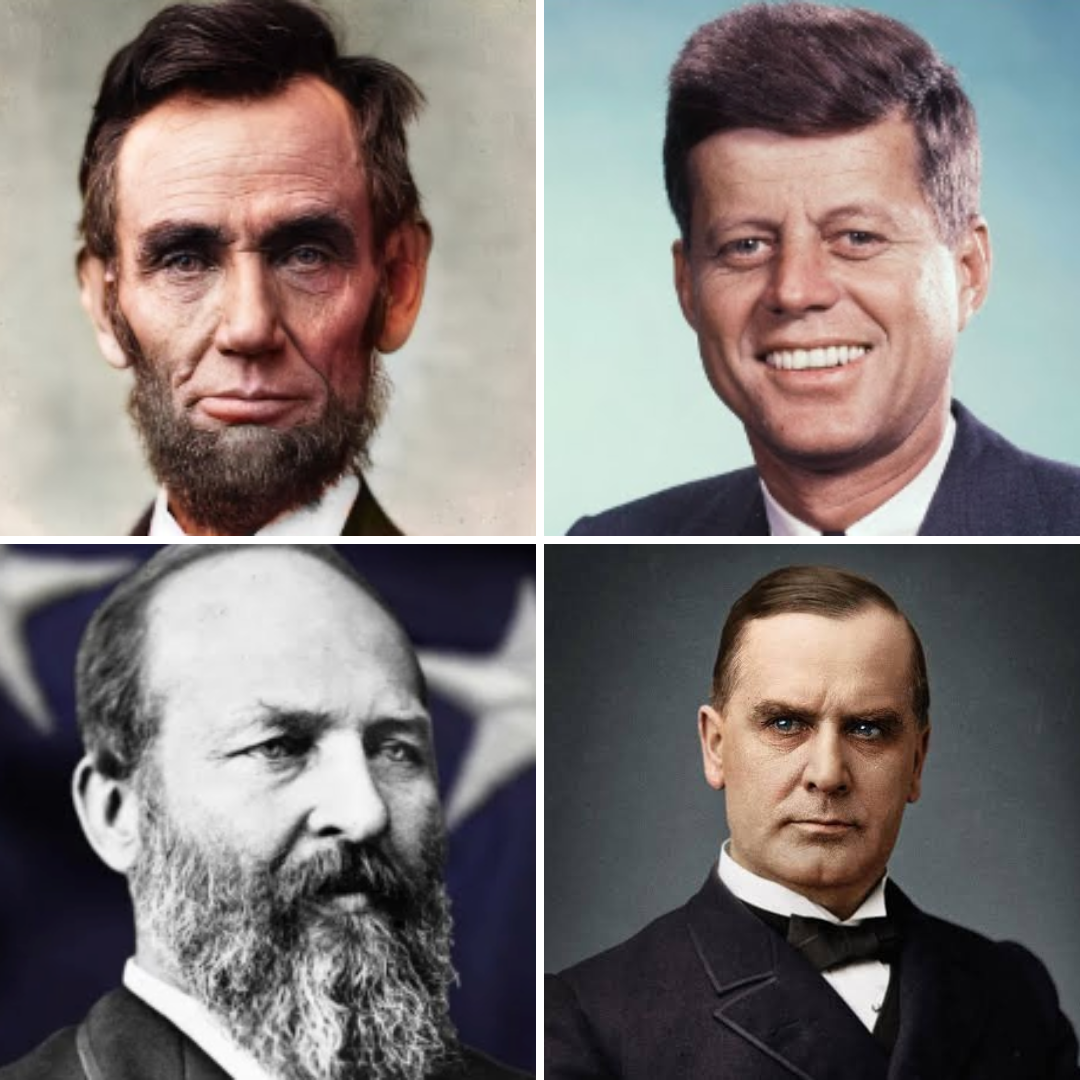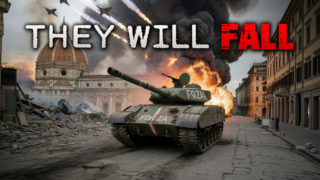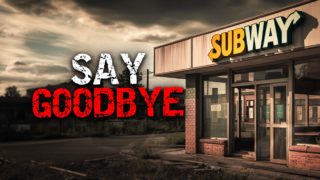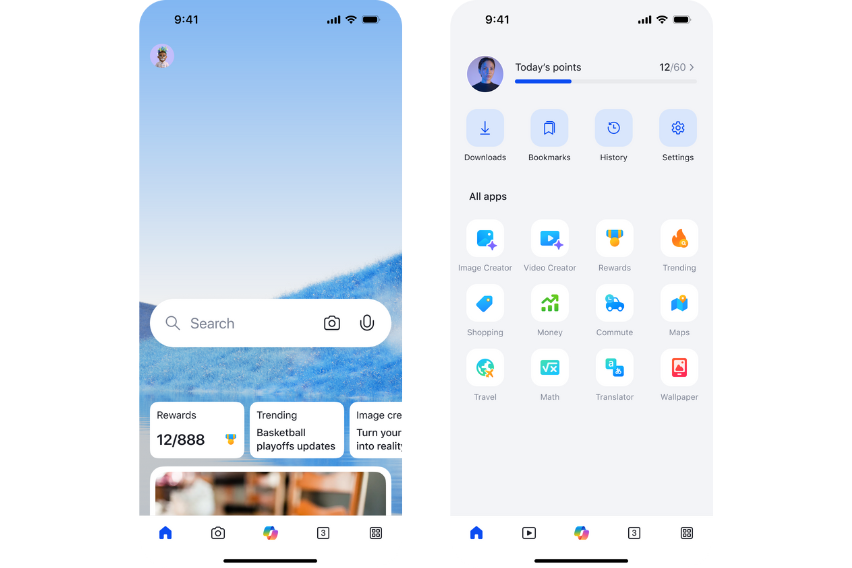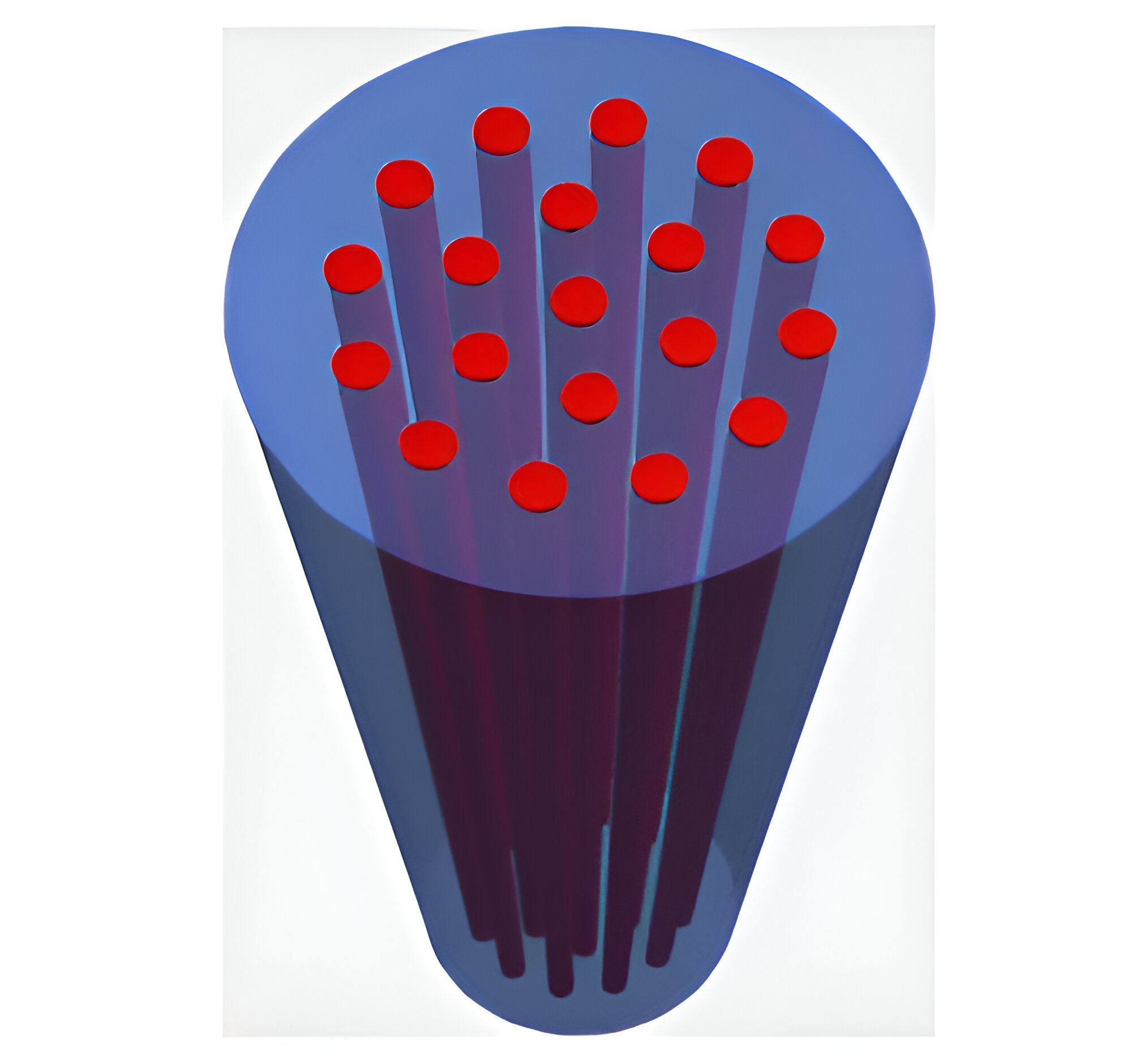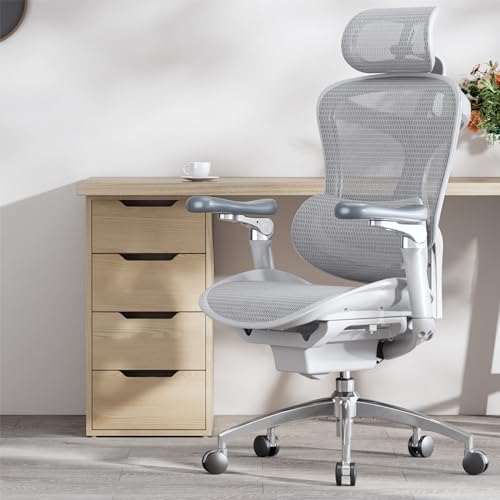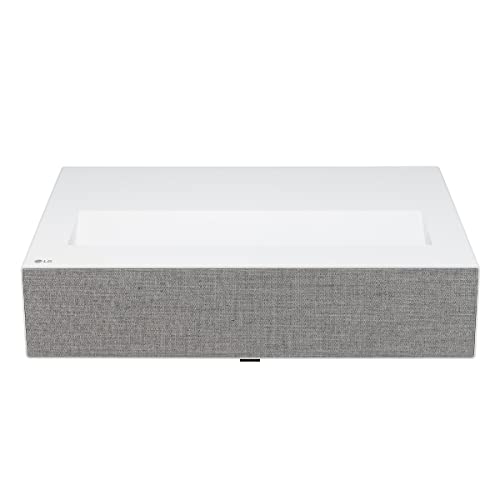Throughout history, the assassination of presidents has shocked the world, leaving indelible marks on the course of nations. These tragic events have not only ended the lives of leaders but have also sent ripples of change through societies. Today, we delve into the stories of these pivotal moments, exploring the weapons that forever altered history—the guns used to kill presidents.
Abraham Lincoln: The Daringer Pistol
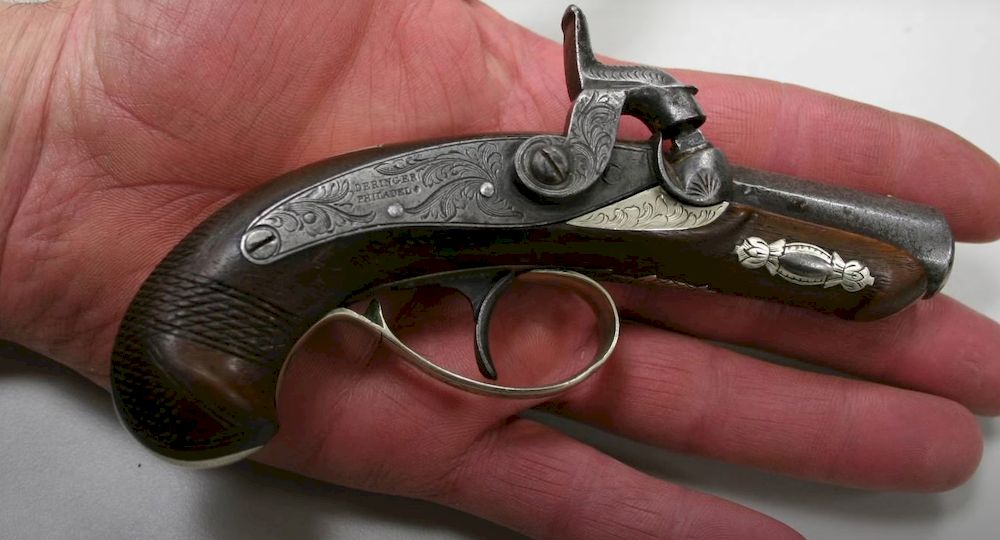
On the evening of April 14, 1865, President Abraham Lincoln attended a performance of “Our American Cousin” at Ford’s Theater in Washington, D.C. This night, meant for relaxation after the trials of the Civil War, turned into a nightmare that would haunt the nation. John Wilkes Booth, a famous actor and fervent Confederate sympathizer, approached Lincoln from behind and fired a single shot from a Philadelphia Daringer pistol.
The Daringer, a compact and deadly weapon, was notorious for its accuracy. Measuring less than six inches long, it was the perfect choice for Booth’s assassination plot. The .44 caliber round struck Lincoln’s skull at point-blank range, causing a fatal wound. Lincoln was carried across the street to a boarding house, where he succumbed to his injuries the following morning. The Daringer pistol, now housed at Ford’s Theater National Historic Site, symbolizes one of the darkest moments in American history—a simple weapon that changed the course of a nation forever.
James A. Garfield: The British Bulldog Revolver

Just 16 years later, on July 2, 1881, the United States faced another tragedy with the assassination of President James A. Garfield. As he walked through the bustling Baltimore and Potomac Railroad Station in Washington, D.C., he was shot in the back by Charles J. Guiteau, a deranged office seeker. Guiteau believed that killing Garfield would unite the factions of the Republican Party and secure him a government job.
Guiteau chose a British Bulldog revolver, a small five-shot revolver popular in the late 19th century for its compact size and powerful punch. He fired two shots, one grazing Garfield’s arm and the other lodging near his spine. Although Garfield’s injuries were not immediately fatal, unsanitary medical practices of the time led to severe infections. After enduring 79 days of suffering, Garfield succumbed to his wounds, marking another tragic chapter in American history.
William McKinley: The Ivor Johnson Revolver

In 1901, the United States was once again shaken by the assassination of a president. William McKinley, the 25th president, was shot by Leon Czolgosz, an anarchist who believed that killing McKinley would ignite a revolution. The assassination occurred on September 6, 1901, while McKinley was attending the Pan-American Exposition in Buffalo, New York.
Czolgosz used a .32 caliber Ivor Johnson safety automatic revolver, known for its simplicity and durability. The hammerless design made it less likely to accidentally discharge, but it also made the weapon easier to conceal. The revolver that Czolgosz used now sits in a museum, a silent witness to a moment that marked the end of the Gilded Age and the beginning of the Progressive Era. McKinley’s assassination led to significant changes in how the Secret Service protected the president, highlighting the need for improved security measures.
John F. Kennedy: The Mannlicher-Carcano Rifle
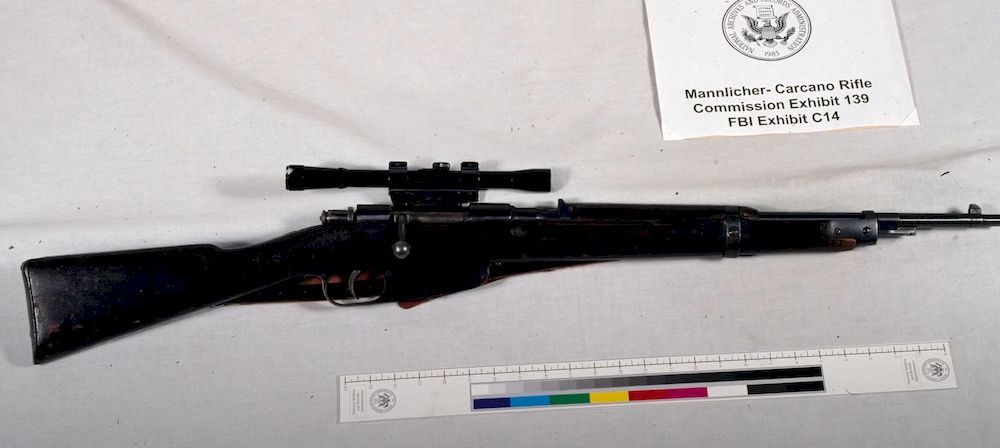
November 22, 1963, is an unforgettable date in American history, marking the assassination of President John F. Kennedy. As the youngest man ever elected to the office, Kennedy was in Dallas, Texas, as part of a campaign tour. The sun was shining, and crowds lined the streets to catch a glimpse of the charismatic leader. However, as his motorcade turned onto Elm Street in Dealey Plaza, tragedy struck.
The weapon used in this assassination was a 6.5 mm Mannlicher-Carcano rifle, a bolt-action military rifle originally made in Italy. Lee Harvey Oswald, the man accused of the assassination, purchased the rifle through mail order using an alias. From a sixth-floor window of the Texas School Book Depository, Oswald fired three shots at the motorcade. While the first shot missed, the second shot struck Kennedy in the upper back, and the third and fatal shot hit him in the head, causing catastrophic injuries. The assassination was captured on film, creating one of the most analyzed pieces of footage in history. The Mannlicher-Carcano rifle has since become infamous, not only for the assassination itself but also for the countless conspiracy theories that have surrounded it, forever changing the course of American history.

